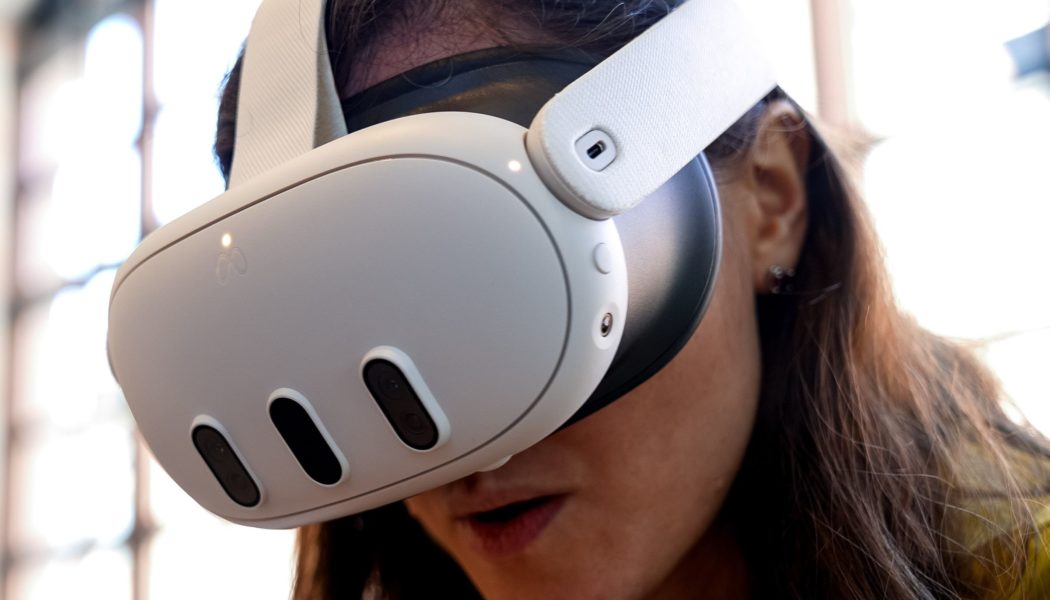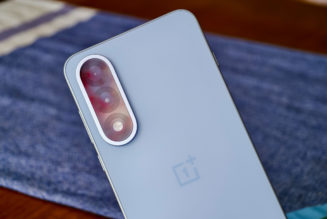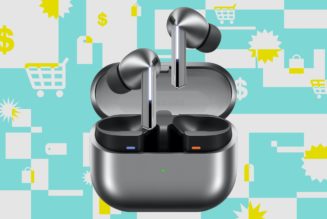The metaverse is cool, but so is being able to look at your phone or your family. Meta’s new headset has new controllers, improved cameras, and a bunch of new games to play.
Share this story
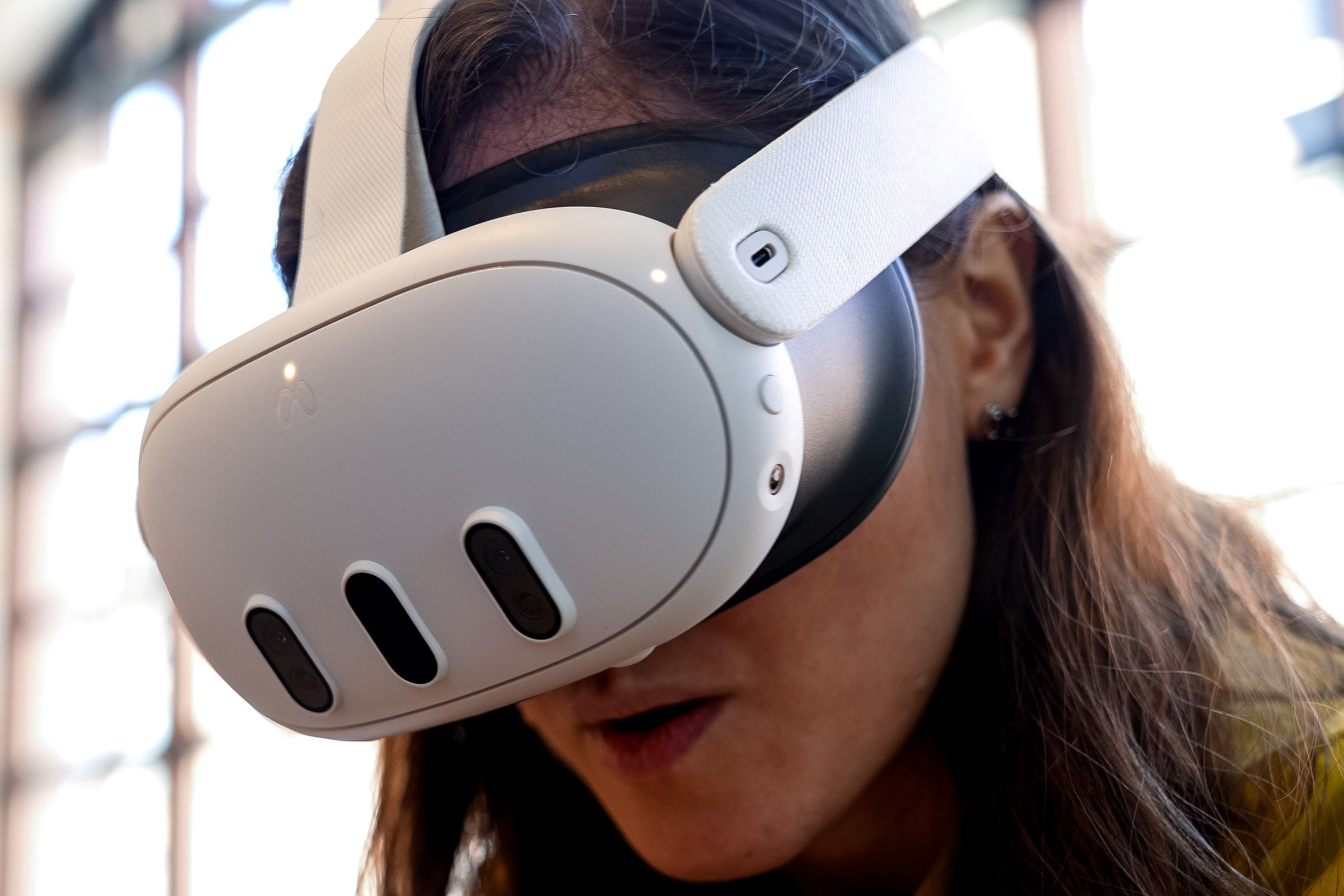
Meta just announced its new headset, the Quest 3, which it is billing as a huge leap forward — not just for the Quest lineup, but for Meta’s whole vision of the future. The Quest 3 isn’t just a virtual reality headset like the Quest 2 but, rather, a mixed reality device like Apple’s Vision Pro. That means you can see what’s happening in the real world and interact with things around you, all while wearing your headset. The Quest 3 starts at $499.99, is open for preorders now, and will start shipping on October 10th.
Meta pretty much already announced the Quest 3 back in June when it was trying to get out ahead of the Vision Pro launch. Even now, Meta is clearly trying to position itself as the more mainstream mixed reality headset — “you don’t need wires, you don’t need battery packs,” Quest 3 product manager Palwasha Khatri said in a briefing, which is a pretty good Vision Pro burn.
The official announcement does fill out the device’s spec sheet in a big way. The Quest 3 is powered by the Snapdragon XR2 Gen 2 processor and 8GB of RAM, which Meta says doubles the graphics performance over the Quest 2 and should also be substantially better than even the Quest Pro, which runs the last-gen XR2 chip. The cheapest Quest 3 comes with 128GB of internal storage, and for $649.99, you get 512GB. Meta says the battery life is “about the same as Quest 2,” which means somewhere between 90 minutes and three hours, depending on what you’re doing.
The lenses in the Quest 3 are the best Meta has shipped yet: a 2064 x 2208 LCD display in front of each eye, using a similar display stack to the Quest Pro. The Quest 3’s field of view is 110 degrees horizontal and 96 degrees vertical, about a 15 percent increase over the Quest 2 and a smidge better than the Pro. You can adjust the lenses with a new wheel on the outside of the headset, which should make it easier to find the spot that works for you.

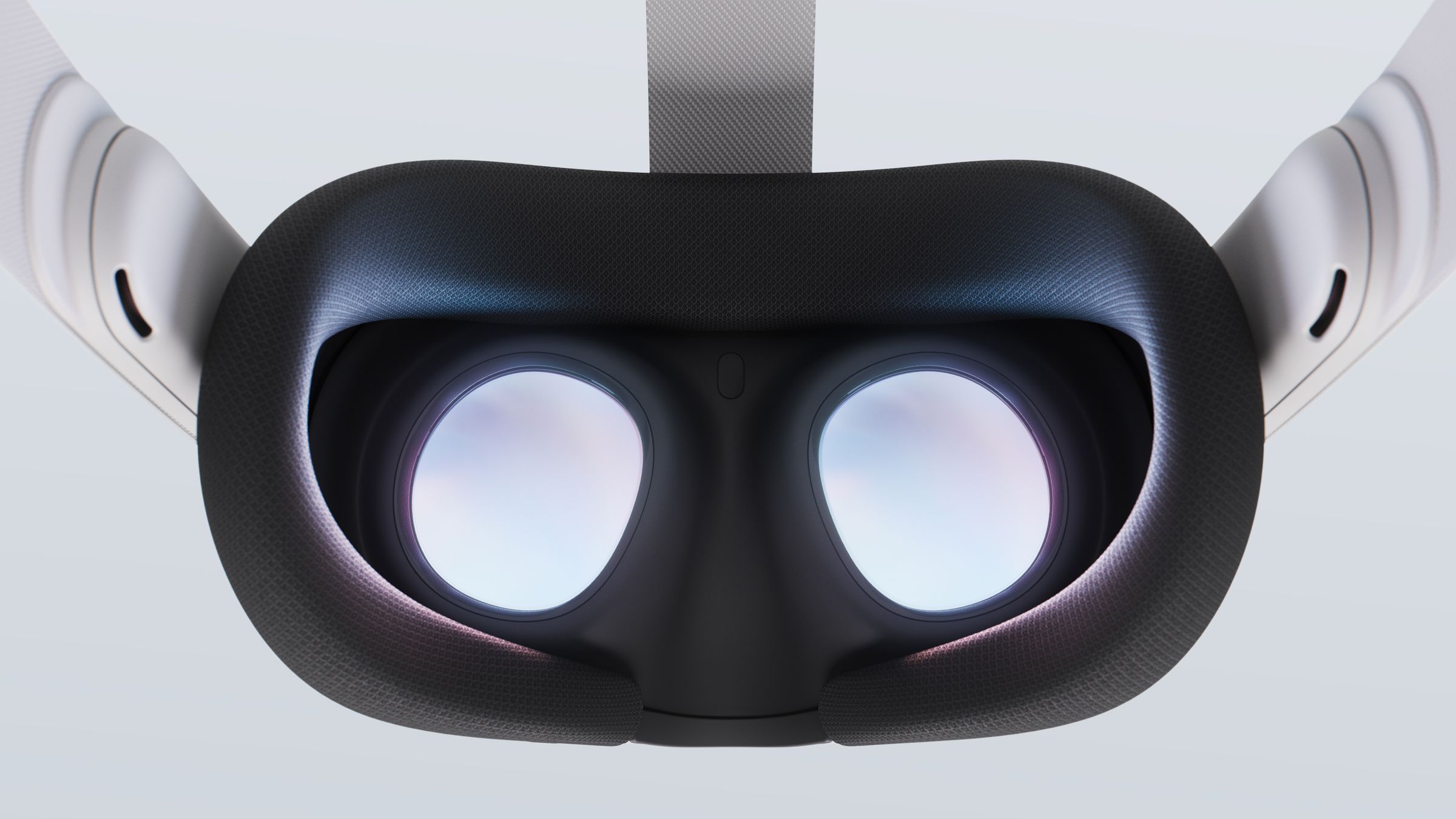
In most ways, actually, the Quest 3 appears to be an improvement on both the Quest 2 (which makes sense) and the Quest Pro (which Meta seems to just want to pretend doesn’t exist and never happened). Some of the Quest 3’s specs and tech are borrowed from the Pro; others are natural upgrades from the three-year-old Quest 2. In every case, it seems clear that the Quest 3 is Meta’s best and most usable headset by a wide margin.
The most important hardware difference is the cameras: two new full-color cameras on the front of the headset deliver vastly improved passthrough video. (Qualcomm says the XR2 Gen 2 has average passthrough latency of just 12 milliseconds, on par with Apple’s Vision Pro, but hedged that it depends on the image resolution its partners are trying to pass through.) You can choose to use the Quest 3 in a fully immersive VR mode or in what it calls a “blended” mode that lets you see both your real-world surroundings and whatever game or content you’re looking at.
This isn’t full holographic augmented reality yet, but it’s a step in the right direction. To switch between modes, you can use the controller or just tap two of your fingers together twice; this double-tap gesture is also core to the Vision Pro and seems to be the agreed-upon way to operate a headset.
The headset itself is a little smaller and actually slightly heavier than the previous model (515 grams to the Quest 2’s 503). Meta says it’s been redesigned to be more comfortable to wear, but we’ll have to wait and see on that one.


The Quest 3’s Touch Plus controllers, as expected, do away with the large tracking ring in favor of infrared sensors that track your position. They also have improved haptics, so you should be able to get more visceral vibrations as you play games — and, of course, the Quest 3 supports hand tracking, so you can ditch the controllers entirely if you so desire.
In terms of what you can do with the Quest 3, Meta seems to still see it as primarily a gaming device. Everything from the Quest 2 is playable on the new headset, and games like Roblox, Assassin’s Creed Nexus, and Asgard’s Wrath 2 are coming to the new device as well. Meta is also pitching it as a fitness and wellness device, which has been a surprising hit in VR thanks to apps like Supernatural. And of course, Meta has Horizon Worlds and Horizon Workrooms and a huge dream about the metaverse future of everything, but the Quest 3 launch seems to be focused on the more current possibilities.
The Quest 3 is filled with upgrades and promises about new capabilities. We’ve gotten to try the headset a bit, but we’ll have lots more testing to do before we can say if this is the mainstream mixed reality headset Meta has been promising. But after the debacle that was the Quest Pro, it at least seems Meta is back on the right headset track.
